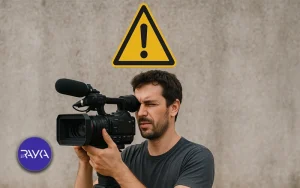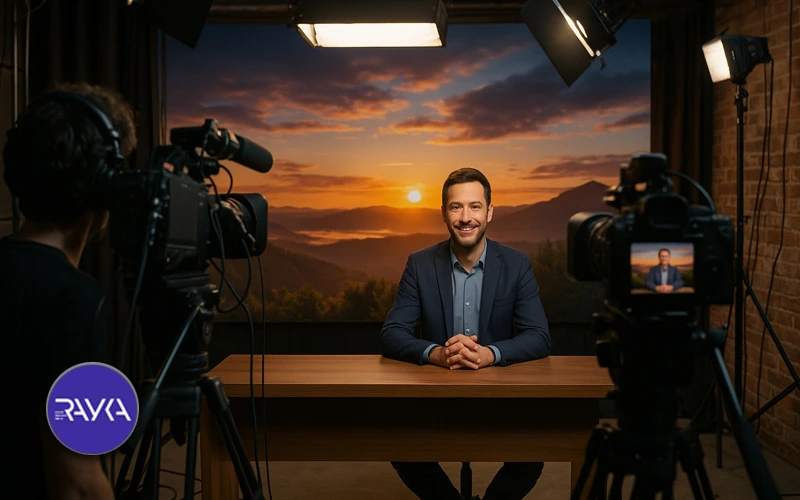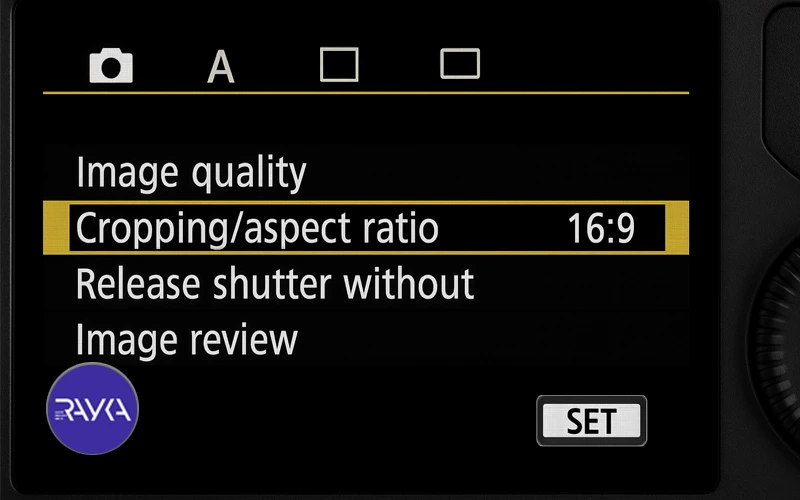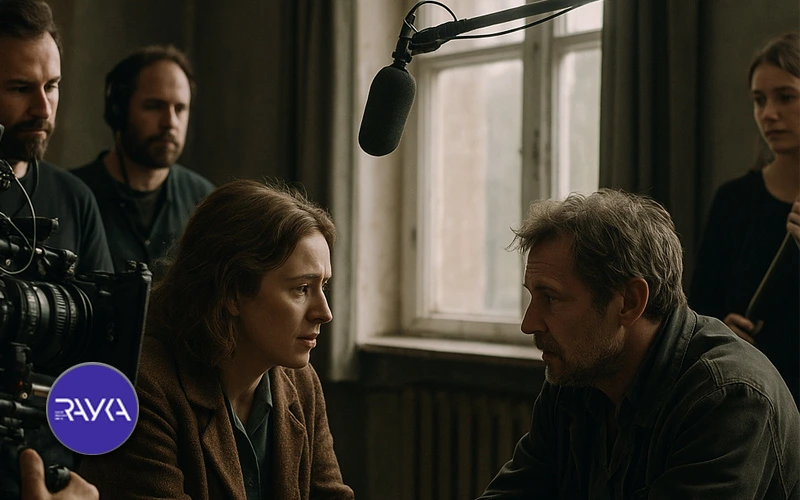
Essential principles in professional filmmaking always play a decisive role in the final quality of a project and can make the difference between an average production and a memorable piece. Professional filmmaking, whether for commercial teasers or feature films, requires precision, the right equipment, and a deep understanding of both artistic and technical fundamentals.
If you want to produce an impactful film, you must pay attention to details such as lighting, frame composition, equipment selection, and even editing style from the very beginning. In this article, we will explore these principles in a practical way to help you gain a professional and distinctive filmmaking experience.
Selecting the proper equipment is the first and most critical step in professional filmmaking. Each project requires specific tools, and the final output quality depends directly on these choices.
Before starting, define the style you want to pursue so you can select the most precise and useful gear. Below are some of the most essential filmmaking tools:
Professional lighting is one of the most crucial factors for the success of any film project. Lighting not only improves image clarity but also shapes the emotional tone of the scene.
To achieve professional-looking visuals, you should plan thoroughly before production and understand the principles of cinematic lighting. The table below outlines some key lighting techniques:
| Key Point | Description |
|---|---|
| Type of Light and Direction | Soft light is used for natural facial lighting, while hard light emphasizes textures. The angle of light determines the emotional atmosphere of the scene. |
| Shadow Control | Deep shadows create a sense of mystery. For a clear and clean image, use softboxes and reflectors to reduce shadows. |
| Light Color and Color Temperature | Warm light (3200K) or cool light (5600K) should be chosen according to the project’s style. Mixing different color temperatures can result in poor image quality. |
| Lighting Equipment | Softboxes and LED panels are ideal for soft lighting, backlights add depth, and reflectors help reduce facial shadows. |
One of the most important aspects of professional filmmaking is selecting a background that aligns with the overall story and purpose of the project. Many amateur videos appear messy and distracting because of poor background choices.
For promotional teasers, the background should be simple, clean, and relevant to the product or service. For example, a luxury jewelry brand can use a black or golden background with subtle lighting to convey a sense of elegance. In cinematic films, however, the background must serve the narrative — whether it’s a cluttered room or an empty street, depending on the story.

Proper composition ensures that your footage looks professional, organized, and intentional. Each frame should guide the viewer’s eye directly to the main subject. Even with the best camera, poor composition results in weak and unattractive visuals.
Divide the frame into nine equal parts and place the subject on the lines or intersections. This makes the image more natural and visually appealing.
Balance ensures that all elements in the frame feel harmonious. If the subject is on one side, balance it with an object or negative space on the opposite side to avoid visual heaviness.
A shallow depth of field directs focus to the subject by blurring the background. This technique is common in promotional videos to add a luxury and cinematic look.
Camera angles set the tone of the image. A low angle conveys power and dominance, while a high angle creates a sense of vulnerability. Use eye-level shots to build intimacy and connection.
Leaving empty space around the subject creates visual focus and calmness. This minimalist approach is often used in modern and luxury teasers.
The type of shot and lens focal length greatly affect the emotional tone of your video.
Choose your shots and focal length to match the visual style and narrative of the project. Random switching of lenses can cause inconsistency and reduce professional quality.

Professional editing starts during the filming stage. Each shot should be captured with the final montage in mind, reducing the need for heavy corrections later.
Artificial Intelligence is a powerful tool that simplifies and accelerates professional filmmaking. It enhances creativity and efficiency at every stage — from ideation to editing.

Rayka Mah leverages AI technology to provide professional filmmaking and promotional teaser production services. Their team specializes in using AI to create engaging, high-quality content that makes professional filmmaking faster and more accessible.
Success in filmmaking depends on applying essential principles: selecting the right equipment, proper lighting, appropriate backgrounds, accurate framing, thoughtful shot planning, and seamless editing. Incorporating AI and collaborating with expert teams like Rayka Mah can accelerate production while boosting creativity. By following these practices, your films will gain higher impact and greater appeal to your audience.
High-quality equipment such as DSLR or mirrorless cameras with interchangeable lenses, stable tripods, and adjustable lighting is recommended.
Proper lighting makes images clear and appealing, giving the film a professional feel.
Follow composition rules like the rule of thirds and focus on the main subject to create suitable framing.
AI speeds up editing, improves image and audio quality, and provides creative ideas.
Raykamah uses AI to produce high-quality, creative promotional teasers and professional films.